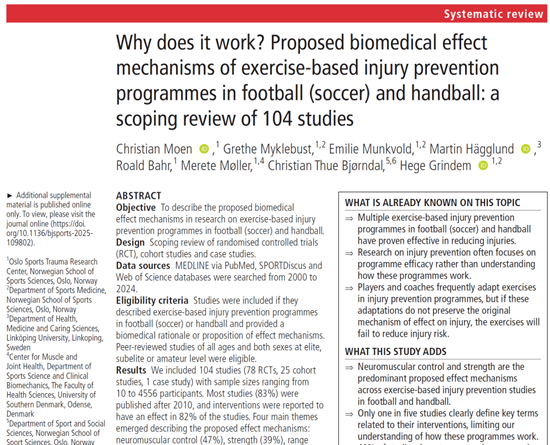Despite overwhelming evidence supporting injury prevention programs, many athletes still believe the myth that static stretching alone is sufficient to prevent injuries. Another common misconception is that prevention exercises take too much time, when in reality, effective programs like the FIFA 11+ require just 15-20 minutes and can replace traditional warm-ups. Many coaches and athletes mistakenly believe that injury prevention is only necessary for elite athletes, ignoring the fact that recreational athletes often have higher injury rates due to inconsistent training and technique. The belief that “injuries are just part of sports” dismisses the substantial evidence showing that 50-60% of common sports injuries are preventable with proper training. Perhaps the most dangerous myth is that young athletes don’t need prevention programs because they’re naturally resilient, when research clearly shows that establishing proper movement patterns early significantly reduces lifetime injury risk. Understanding the science behind injury prevention is the first step in separating fact from fiction and implementing truly effective strategies for athletic longevity.

In Defense of the Marathon Tourist: Why Every Finish Line Matters
I recently came across an Instagram post criticizing runners who pursue the Abbott World Marathon Majors, suggesting that completing all six races is more about wealth than athletic achievement. The argument? If you're finishing in 5-7 hours, you're not a "real"...




0 Comments